Snapdragon vs MediaTek chipsets: which is best for your smartphone?
While consumers don't pick between Snapdragon and MediaTek chips, they can have a big impact on how the best phones perform
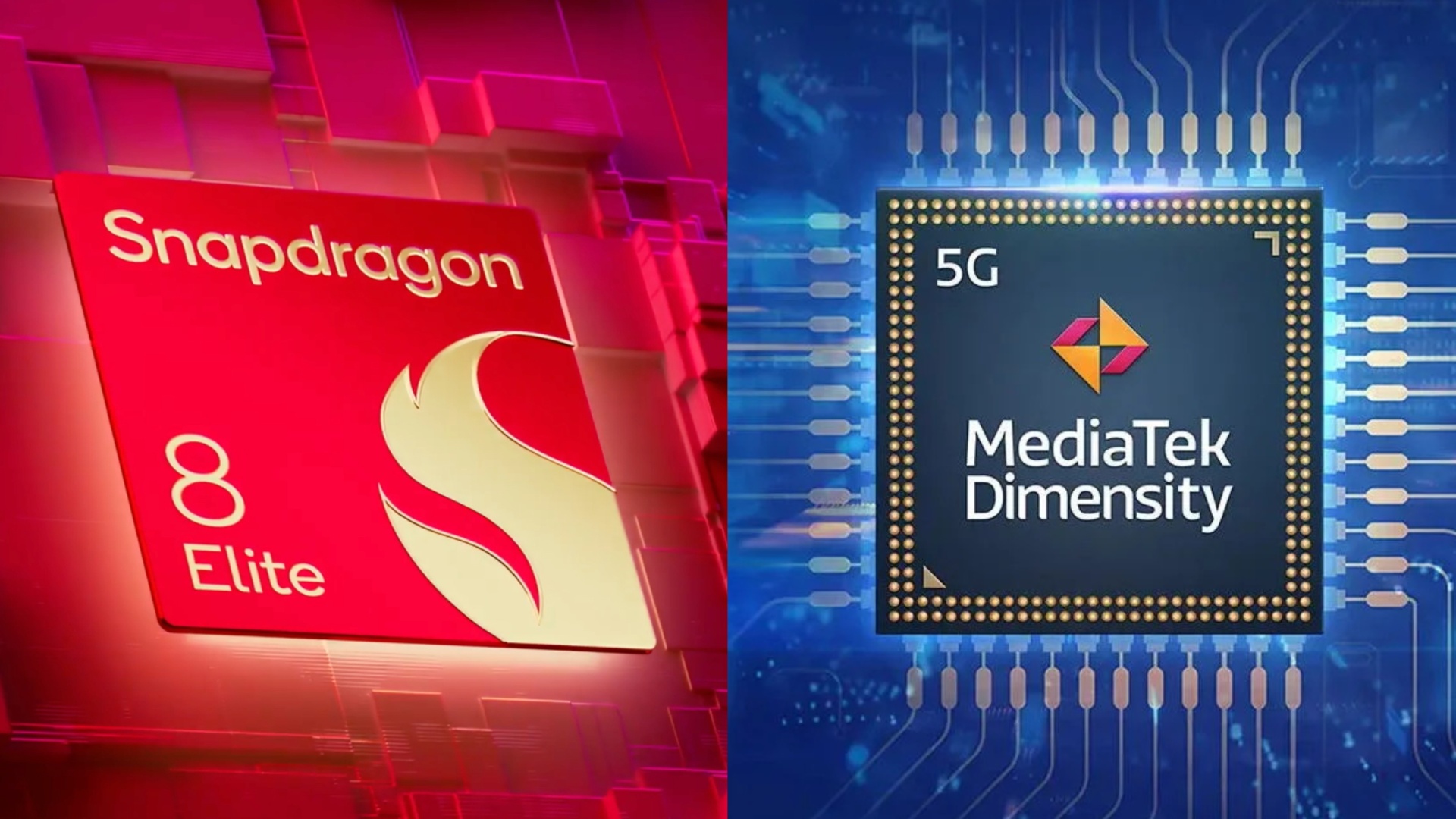
When you’re shopping for a new smartphone, you probably don’t spend too much time thinking about what chipset it uses – but maybe you should.
Whether you’re after slick gaming performance, all-day battery life, or the best camera phone money can buy, the processor plays a huge part in what a phone can actually do, how it performs, and how long it lasts.
Most of the top models in our best Android phones and best phones guides are powered by either Qualcomm's Snapdragon chips or MediaTek chips. Each brand has its strengths, from raw power to great value for money, and some weaknesses.
This guide cuts through the jargon to help you figure out which chipset is best for your needs, and therefore which phones to look out for, whether you're looking for a flagship or budget handset in 2025. Let's get into it.
Snapdragon: Power and performance – at a price

If you’ve spent any time looking at high-end Android phones, chances are you’ve come across the name Snapdragon. Manufactured by Qualcomm, Snapdragon chipsets have become the go-to option for flagship and premium smartphone makers – and for good reason.
Snapdragon chips are often at the cutting edge of mobile performance, offering best-in-class processing power, advanced camera capabilities, and fast, reliable 5G connectivity. Only Apple's proprietary silicon can compete.
In particular, the chips are strong when it comes to gaming, AI, camera processing, and connectivity. At the top end, the Snapdragon 8 Gen series (currently headlined by the Snapdragon 8 Elite) delivers exceptional CPU and GPU performance, perfect for demanding apps and intensive multitasking. The Snapdragon 7 and 6 Gen series, meanwhile, target mid-range and upper-budget phones with a balance of speed and efficiency.
Get daily insight, inspiration and deals in your inbox
Sign up for breaking news, reviews, opinion, top tech deals, and more.
Snapdragon also leads the way in modem tech, enabling faster 5G speeds and broader global support, which is why it’s commonly found in phones aimed at international markets.
Take the Samsung Galaxy S25 Ultra, for example. It’s one of the most powerful Android phones you can buy right now, and it’s powered by the Snapdragon 8 Gen 3, which also appears in the OnePlus 13, another high-end contender that delivers top-tier gaming performance and speedy multitasking.
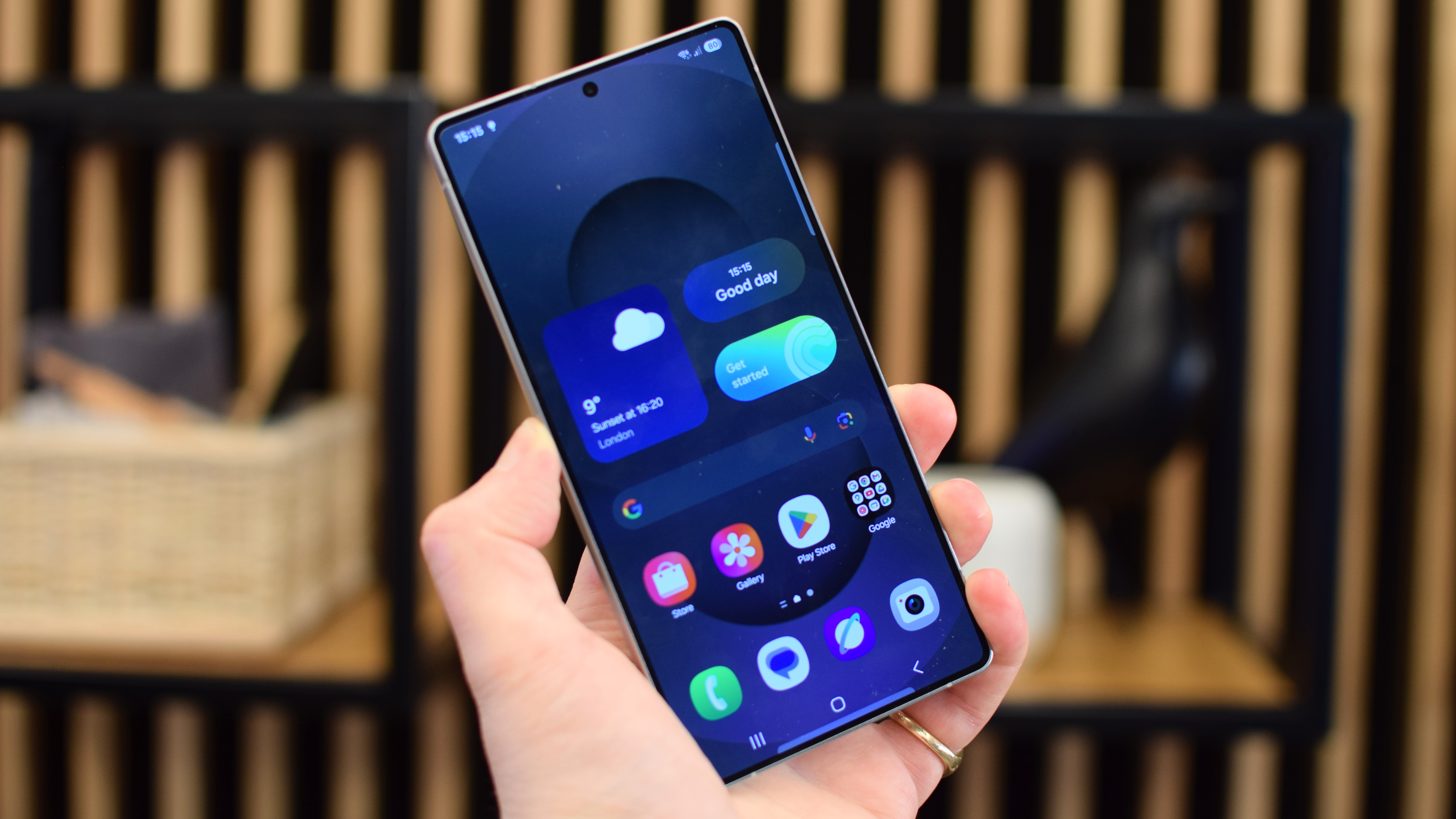


Snapdragon chips also have a reputation for camera excellence, thanks to Qualcomm’s integrated Image Signal Processors(ISPs) and support for advanced, AI-powered photography.
Phones like the Google Pixel 8 (which uses Google’s Tensor chip, but previously relied on Snapdragon silicon) demonstrate how AI-assisted camera tech has become a major selling point.
It’s not all about flagships, either. Qualcomm also produces capable mid-range chips, such as the Snapdragon 7 Gen 3, which powers devices like the Honor 100 and Motorola Edge 50 Fusion (incidentally, neither device sells in the US).
While these phones don’t offer quite the same blistering speed as the Galaxy S25 Ultra, they still bring excellent day-to-day performance, decent gaming chops, and impressive power efficiency to the table at a lower price.
Of course, all this performance doesn’t come cheap.
Snapdragon-equipped phones tend to be on the pricey side, and in some cases, they may not offer the best value if you’re not planning to push your phone to its limits. But if you want flagship features, consistent software support, and a phone that stays feeling fresh for years to come, Snapdragon remains a hard act to beat.
MediaTek: Efficiency and value
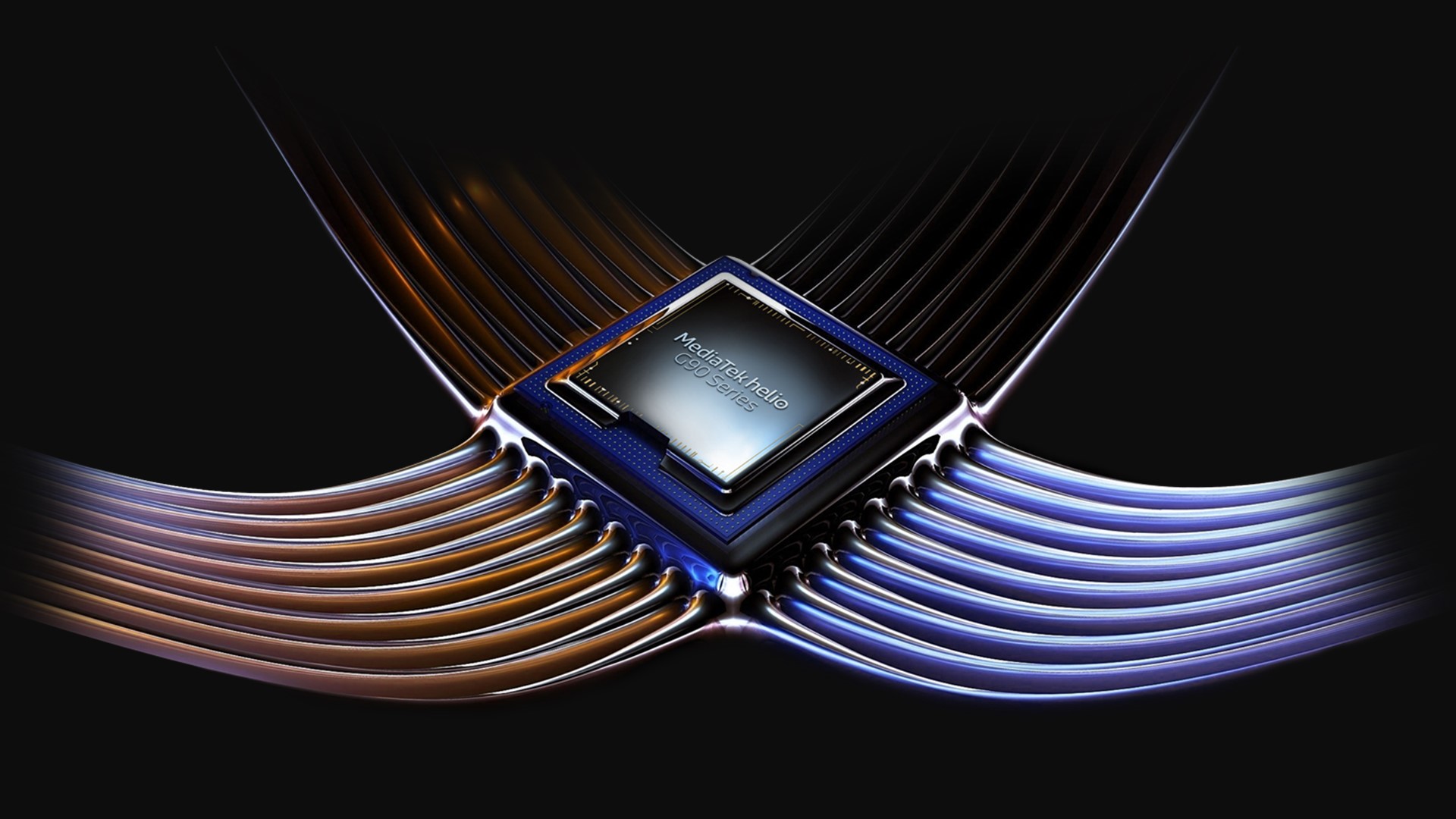
While Snapdragon might dominate the high-end market, MediaTek has carved out a reputation as the go-to chipset brand for value-focused smartphones.
Over the past few years, the company has seriously stepped up its game, with its Dimensity range, in particular, helping to close the gap on premium performance, but at much more affordable prices.
MediaTek’s strengths lie in energy efficiency, thermal management, and impressive all-round performance for the price. Its chips power everything from budget phones to flagship-level devices, with the Dimensity 6000, 7000, 8000, and 9000 series offering a clear step up in capabilities at each tier.
The newer Dimensity 8300 and 9300 chipsets, for example, deliver flagship-grade performance that rivals Qualcomm’s best, and they also come with integrated 5G modems and solid AI and camera support, making them especially appealing in the mid-range market.
Phones like the Xiaomi Poco X7 Pro, which uses the Dimensity 8400 Ultra, are perfect examples of what MediaTek does well. Despite its low price, the X7 Pro delivers excellent everyday speed, reliable multitasking, and good gaming performance – all while staying cool and efficient.
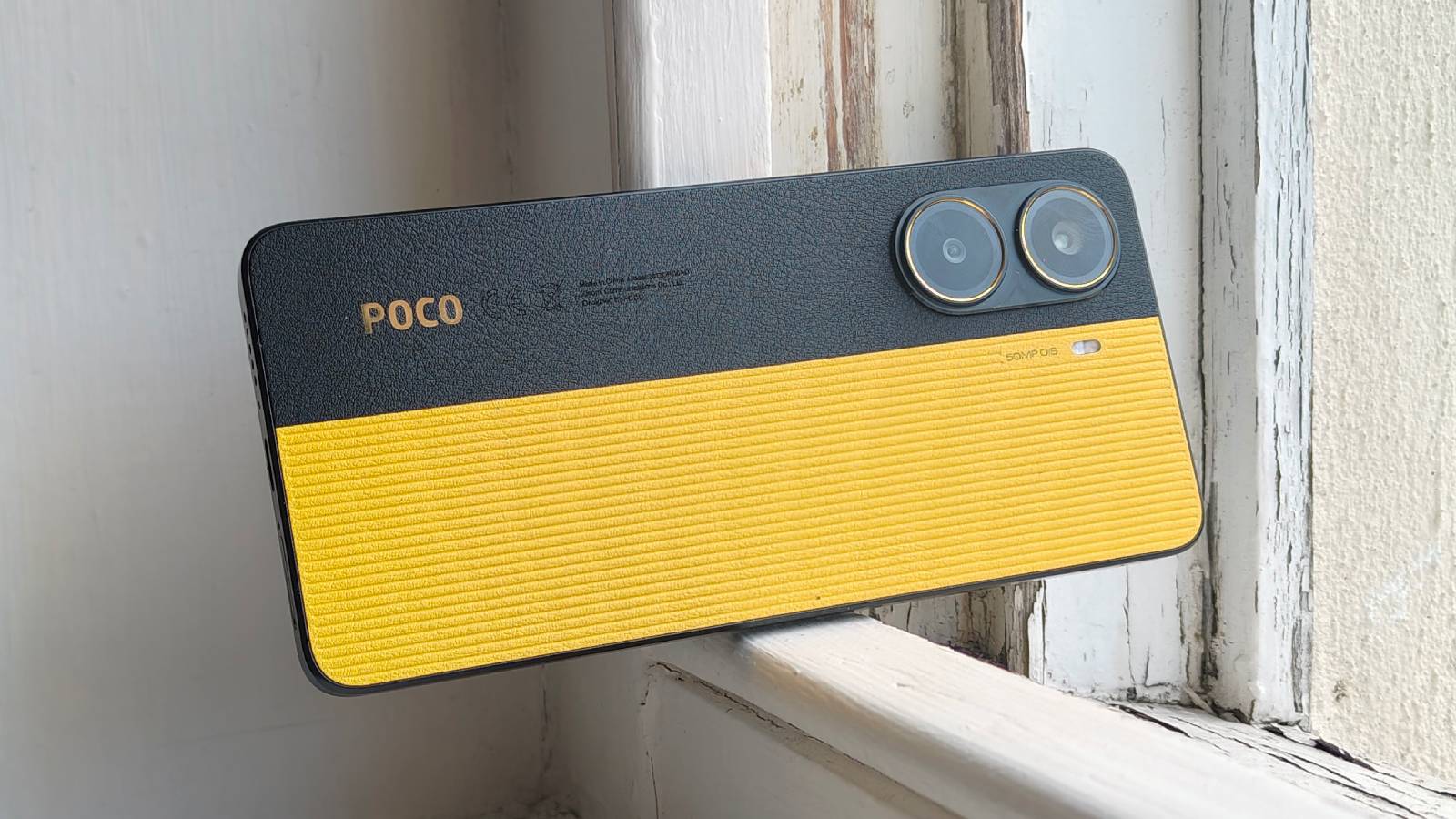
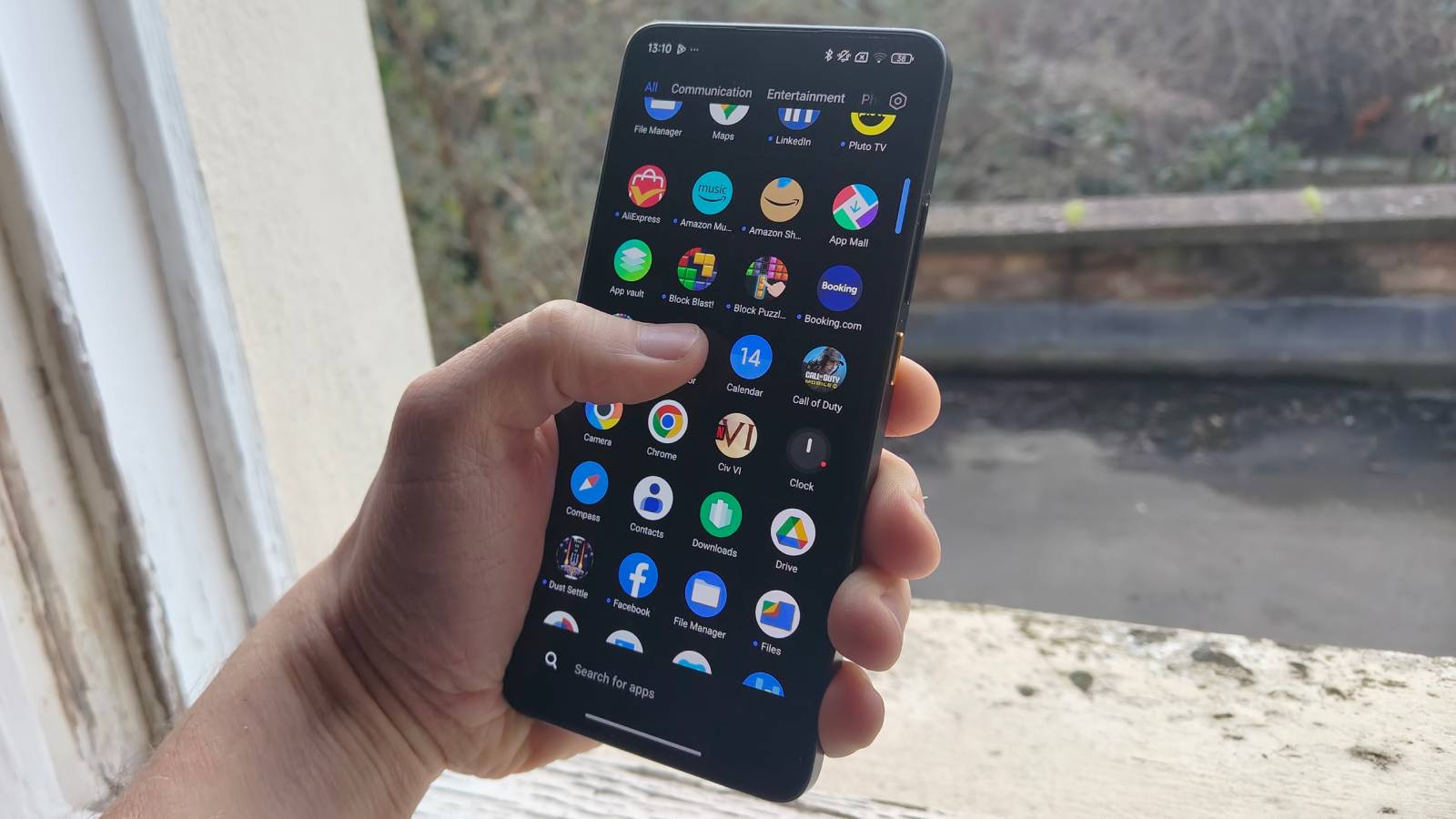

The Xiaomi 13T is another standout; it runs the Dimensity 8200 Ultra and offers slick performance and surprisingly strong imaging credentials for a device that costs far less than a typical flagship.
MediaTek has also made significant gains in camera processing and AI support.
While it might still lag a little behind Snapdragon in raw ISP power, its chipsets are more than capable of powering high-resolution sensors, portrait modes, and low-light enhancements, especially when paired with well-tuned software from brands like Xiaomi and Realme.
Plus, the latest chips are built on efficient 4nm processes, offering excellent thermal and battery performance.
Of course, as with Qualcomm's Snapdragon chipsets, there are compromises.
MediaTek-powered phones may not always receive software updates as quickly, or for as long, as their Snapdragon counterparts, depending on the manufacturer.
And while flagship Dimensity chips are closing the gap in benchmarks, most of the real-world wins for MediaTek come in the $300 (£300 / AU$600) to $600 (£600 / AU$1,200) price range, where its balance of power and efficiency really shines.
Snapdragon vs MediaTek chipsets: which is best?

There’s no denying that Snapdragon chips offer the most raw power, the best camera processing, and the longest software support, particularly at the top end of the market.
If you're buying a flagship phone like the Samsung Galaxy S24 Ultra or OnePlus 12, you’re getting bleeding-edge performance and features designed to last for years – at a minimum.
But MediaTek isn’t just a budget fallback anymore. The latest Dimensity chips, like the 8400 Ultra in the Poco X7 Pro or the 8200 Ultra in the Xiaomi 13T, deliver genuinely impressive performance at a much lower cost.
You won’t get quite the same headline benchmarks or premium extras, but for everyday use, streaming, photography, and even gaming, these chips hold up exceptionally well.
So, which should you go for? If you're after the absolute best performance, want reliable software support, or plan to hold onto your phone for years, Snapdragon is still the top choice. But if you're looking for great value, solid everyday speed, and better battery life, a MediaTek phone could be the smarter pick.
As always, the best advice is to look at the phone as a whole package – don't just concern yourself with the chipset. And if you're weighing up your options, our best Android phones and best phones guides are a great place to start.
You might also like
- The best gaming phone: top mobile game champions
- The best Samsung phones: top Galaxy handsets ranked
- The best OnePlus phones: the top flagship, budget, and foldable models
Max Slater-Robins has been writing about technology for nearly a decade at various outlets, covering the rise of the technology giants, trends in enterprise and SaaS companies, and much more besides. Originally from Suffolk, he currently lives in London and likes a good night out and walks in the countryside.
You must confirm your public display name before commenting
Please logout and then login again, you will then be prompted to enter your display name.